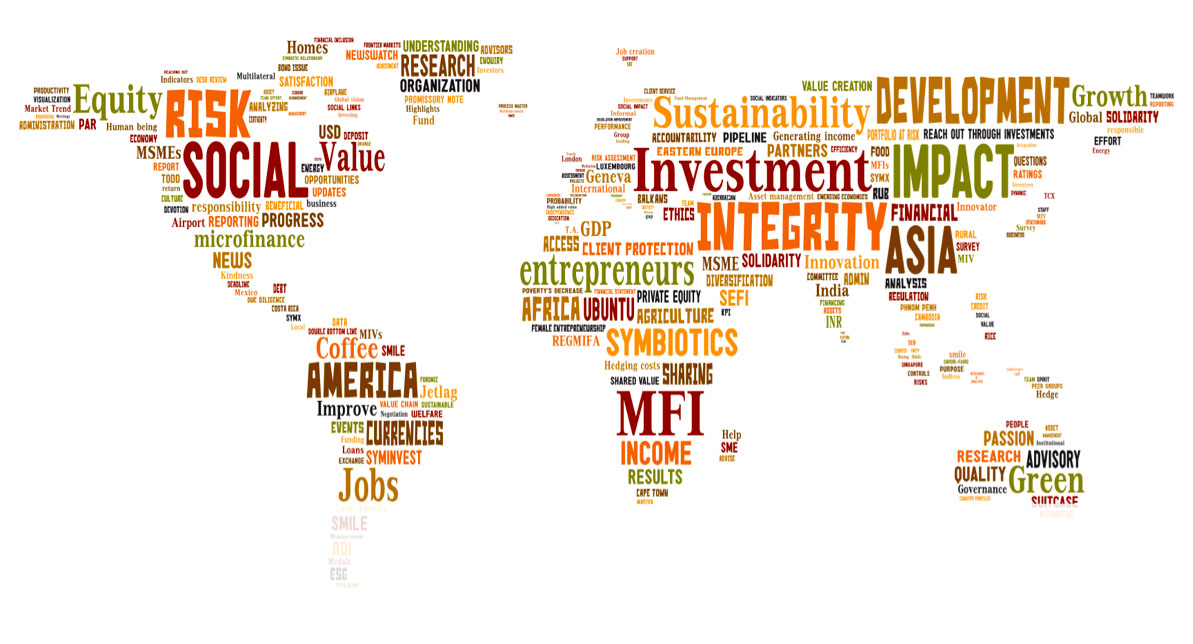Symbiotics company profile map. Source: Symbiotics.
March 2015
The World Bank estimates that half of the world's adult population – more than 2.5 billion people – does not have an account at a formal financial institution. Thanks to the rapid development of technology, today any point of sale can act as a bank and many people have since gained access to credit and banking services. However, with over one billion people still living on less than US$ 1.25 a day the role of microfinance and impact investment has been growing in importance in the past ten years. With sustainability being an increasing imperative for businesses and investors, the potential to make a positive impact on social and economic development is set to fuel continued rapid growth in the microfinance sector. To understand the dynamics of this important financial sector, we met with Symbiotics, one of the largest microfinance investment institutions with operations worldwide, to see what has changed since they launched their microfinance activities ten years ago – and what they expect ahead.
Continue











